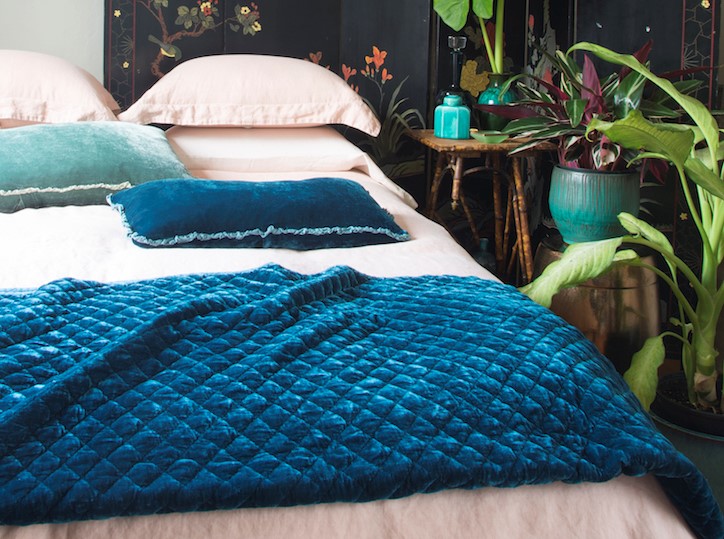Jari Jetsonen and Sirkkaliisa Jetsonen have a new book out on residences designed by Eliel and Eero Saarinen in Finland and the U.S. Princeton Architectural Press kindly arranged an email interview for A+A:
Why did you decide to do a book on Saarinen houses?
During our work with the Finnish architects’ summerhouses book, (published by PAP in 2008), one of the Saarinen relatives asked if we’d do a book on Eliel Saarinen. It stayed in our mind, and gradually we began to think not only Eliel, but also Eero, and the continuity or legacy of their architecture. Also some of the projects were quite unknown and we thought that those would enrich the image and scope of Saarinens’ works.
What inspires you about the Saarinens?
The life stories of Eliel and Eero are very interesting. Their own houses and, like Hvitträsk, the Saarinen house and Loja’s House are very personal – they are like diary entries. Also it was fascinating to see the “ambitious,” even in the small details. This book also continues a theme of our previous book Alvar Aalto Houses – about famous architects’ more unknown works.
Were there any challenges to creating the book?
Making contacts with the U.S. house owners seemed at first challenging, but Eero’s daughter, Susan Saarinen, and Gregory Wittkopp from Cranbrook gave us great help, and then the whole book project took five years.
Eliel Saarinen collaborated a great deal. With whom, and why?
His collaboration was initiated during the early years. Eliel and two of his course-mates, Herman Gesellius and Armas Lindgren, started their partnership and had a very successful office for about ten years. They also worked together with prominent artists and designers such as Eric O. W. and Olga Ehrström – some of them continued to work with Eliel Saarinen in his individual projects in Finland. They crafted or designed details or artworks, as the aim was to create a total work of art. Eliel’s wife, Loja Saarinen, was of course of great importance also as a collaborator in Finland, but even more during the American years. It was also a family business: Eero, his sister Pipsan and her husband, J. Robert F. Swanson, contributed for the houses of the American Houses.
What are the common themes of all his homes?
Personal and humane touches are present in the projects. The interior design of these homes plays an essential role with many examples of Eliel’s or Eero’s furniture. These houses can be described as total works of art.
“Always design a thing by considering it in its next larger context—a chair in a room, a room in a house, a house in an environment, an environment in a city plan.”
-Eliel Saarinen ( Eero Saarinen quoting Eliel Saarinen ” The Maturing Modern,” The New York Times, July 2 1956 )
Do you have a favorite in the book?
The human scale in Hvitträsk is a bit similar to the Frank Lloyd Wright Oak Park studio – the architects weren’t very tall…- it makes the house intimate and cozy. Both houses have studios and children’s rooms that are very unique. And of course, there’s Eero’s masterpiece, The Miller House, in Columbus, Ind.
[slideshow id=1313]


